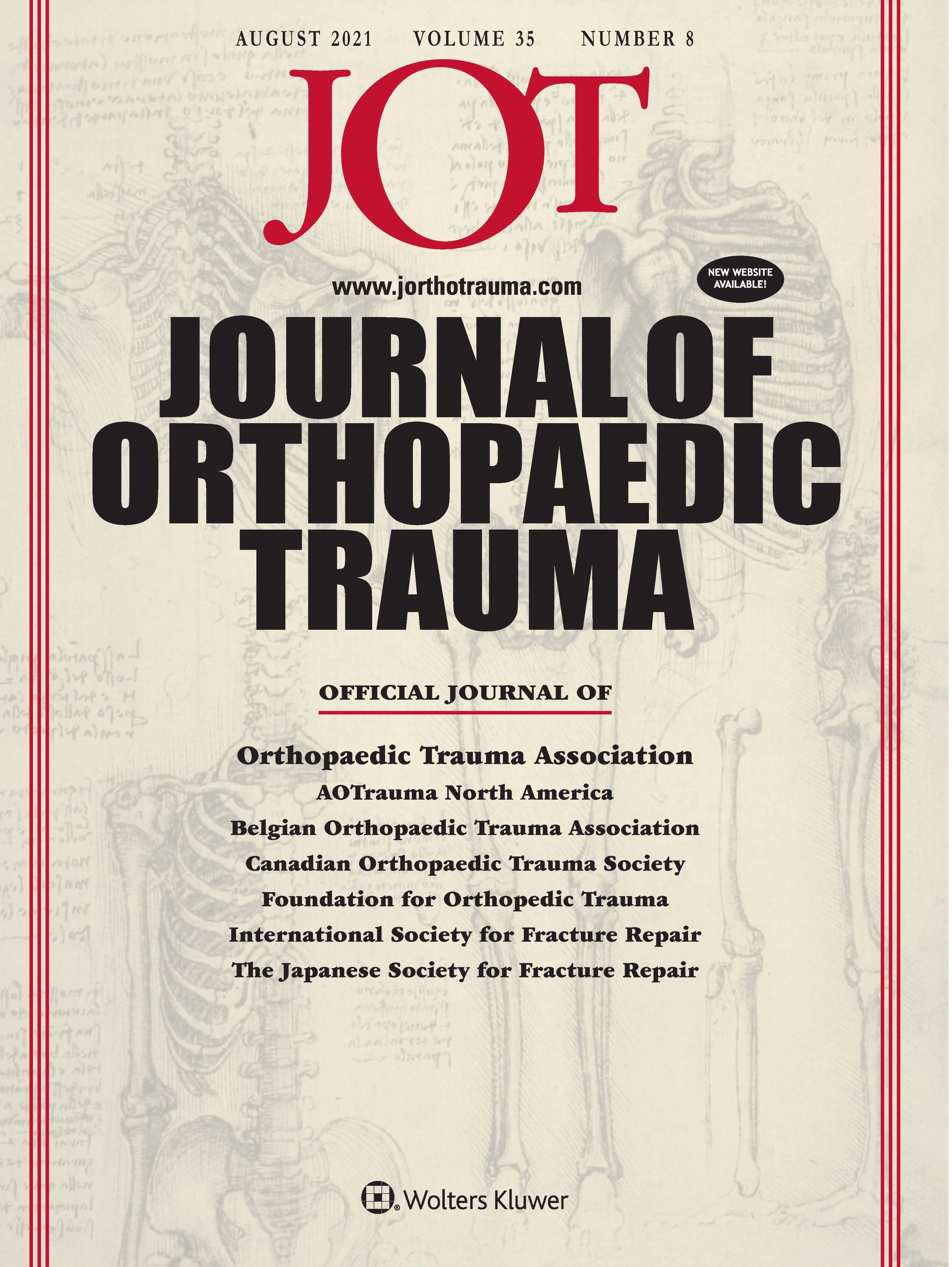
Supra- vs Infra- patellar Approach in Intramedullary Nailing of Diaphyseal Tibial Fracture for Pain

Supra- vs Infra- patellar Approach in Intramedullary Nailing of Diaphyseal Tibial Fracture for Pain
A Suprapatellar Approach, When Compared With an Infrapatellar Approach, Yields Less Anterior Knee Pain and Better Patellofemoral Joint Function, for Intramedullary Nailing of Diaphyseal Tibial Fractures: Results of a Randomized Controlled Trial.
J Orthop Trauma. 2024 01-May;():. 10.1097/BOT.0000000000002783Synopsis
Ninety-five patients with diaphyseal tibial fractures were randomized to receive either suprapatellar (SP) intramedullary nailing (n=44) or infrapatellar (IP) intramedullary nailing (n=46). The primary outcomes were anterior knee pain measured via the visual analog scale (VAS) and patellofemoral function assessed by the Kujala score at 6 weeks and 12 months postoperatively. Secondary outcomes incl...
To view the full content, login to your account,
or start your 30-day FREE Trial today.
FREE TRIAL
LOGIN
Forgot Password?
Explore some of our unlocked ACE Reports below!

Learn about our AI Driven
High Impact Search Feature
Our AI driven High Impact metric calculates the impact an article will have by considering both the publishing journal and the content of the article itself. Built using the latest advances in natural language processing, OE High Impact predicts an article’s future number of citations better than impact factor alone.
Continue



 LOGIN
LOGIN

Join the Conversation
Please Login or Join to leave comments.